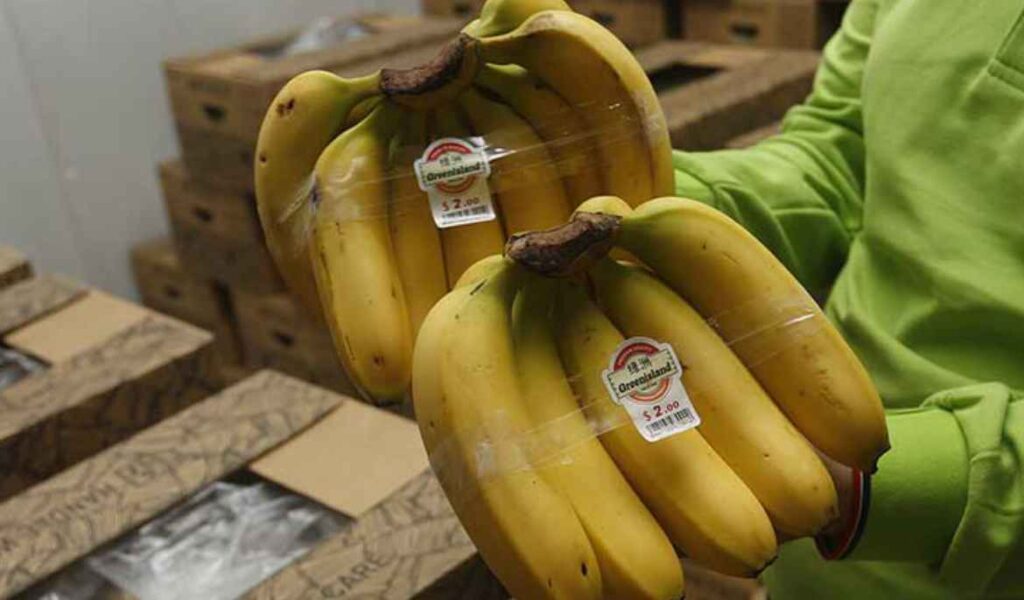Trade volume between Cambodia and China reached $12.37 billion in the first ten months of 2024, up 23 percent from $10 billion recorded in the same period last year, a report from the General Department of Customs and Excise showed.
China continues to be Cambodia’s top trading partner, followed by the United States, Vietnam, Thailand and Japan.
From January to October of this year, Cambodia exported $1.42 billion worth of goods to the world’s second-biggest country, a year-on-year increase of 21 percent while imports rose by 23 percent to $10.9 billion, read the report.
The country’s main export products to China were milled rice, bananas, mangos, cassava, fishery and apparel, while it imported mostly garment raw materials, machinery, vehicles, foodstuffs, electronics and medicines.
The Cambodia-China Bilateral Trade Agreement and the Regional Comprehensive Economic Partnership Agreement (RCEP) will accelerate the export of Cambodian agricultural products to China, said Penn Sovicheat, spokesman at the Ministry of Commerce.
“The FTA and RCEP not only open up more markets for Cambodian-made goods to the Chinese market but also attract Chinese investment in Cambodia,” Sovicheat said.
The Cambodia-China Free Trade and RCEP agreements, in which Cambodia and China are signatory members, entered into force in 2022.
Cambodia and China have hailed the traditional friendship between the two and agreed to enhance bilateral cooperation through the intergovernmental coordinating mechanism.
Close cooperation between the two nations and agreement to build a shared future has given an impetus to building confidence in investors and businessmen from Cambodia and China, said Lim Heng, vice president of the Cambodia Chamber of Commerce.
“Building a community of a shared future, the implementation of bilateral free trade agreement, and mega-regional trade pact -RCEP will give Cambodia the possibility of exporting agricultural products and processed products to China, particularly attracting investment flows from China,” Heng said.



